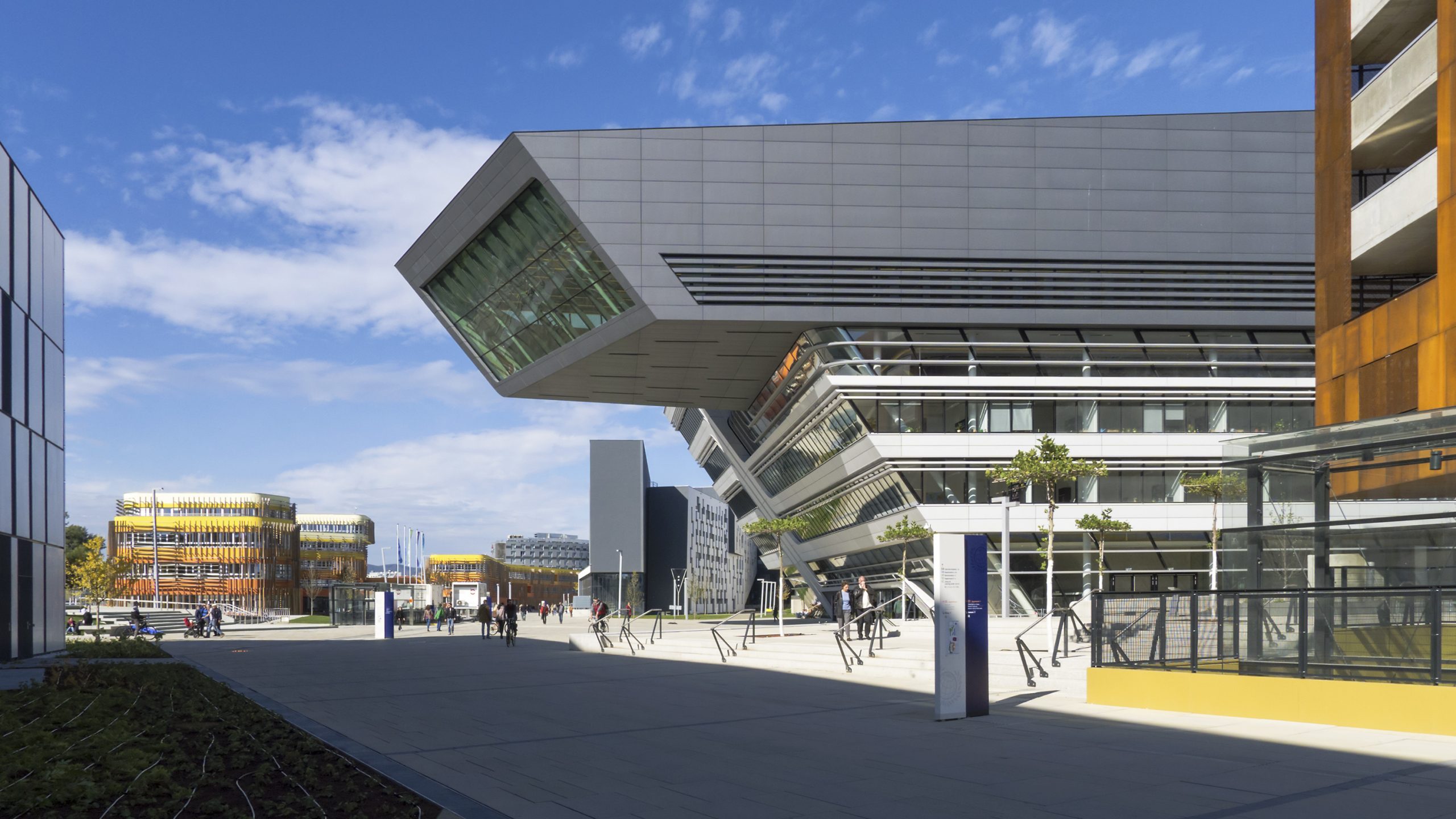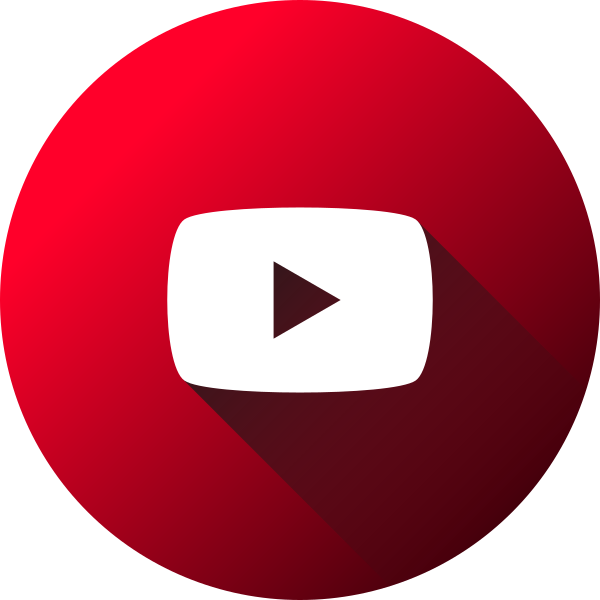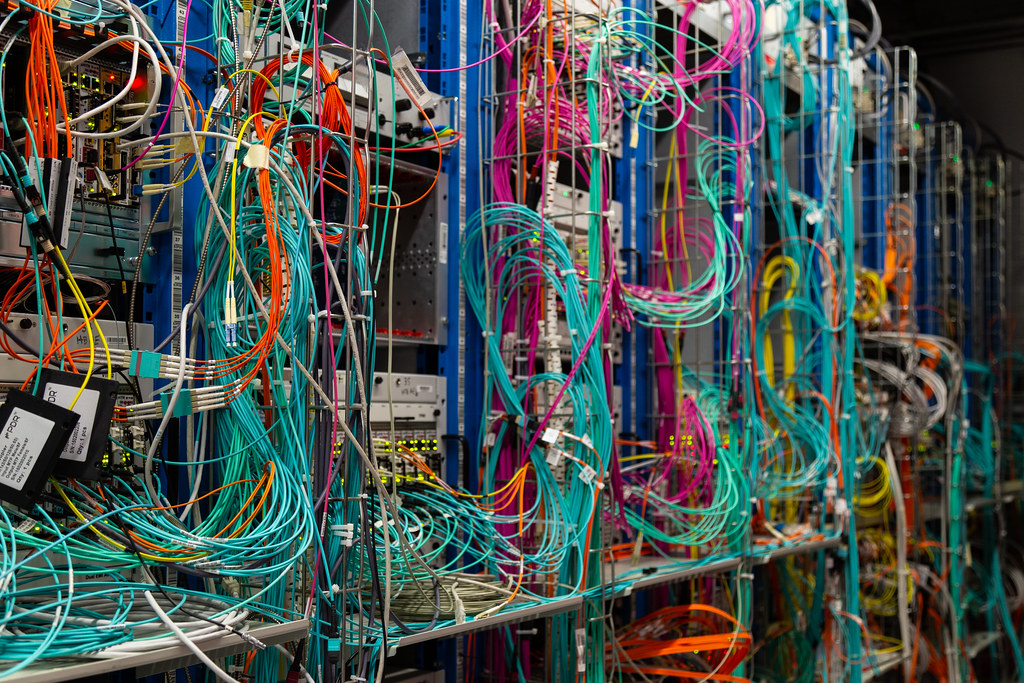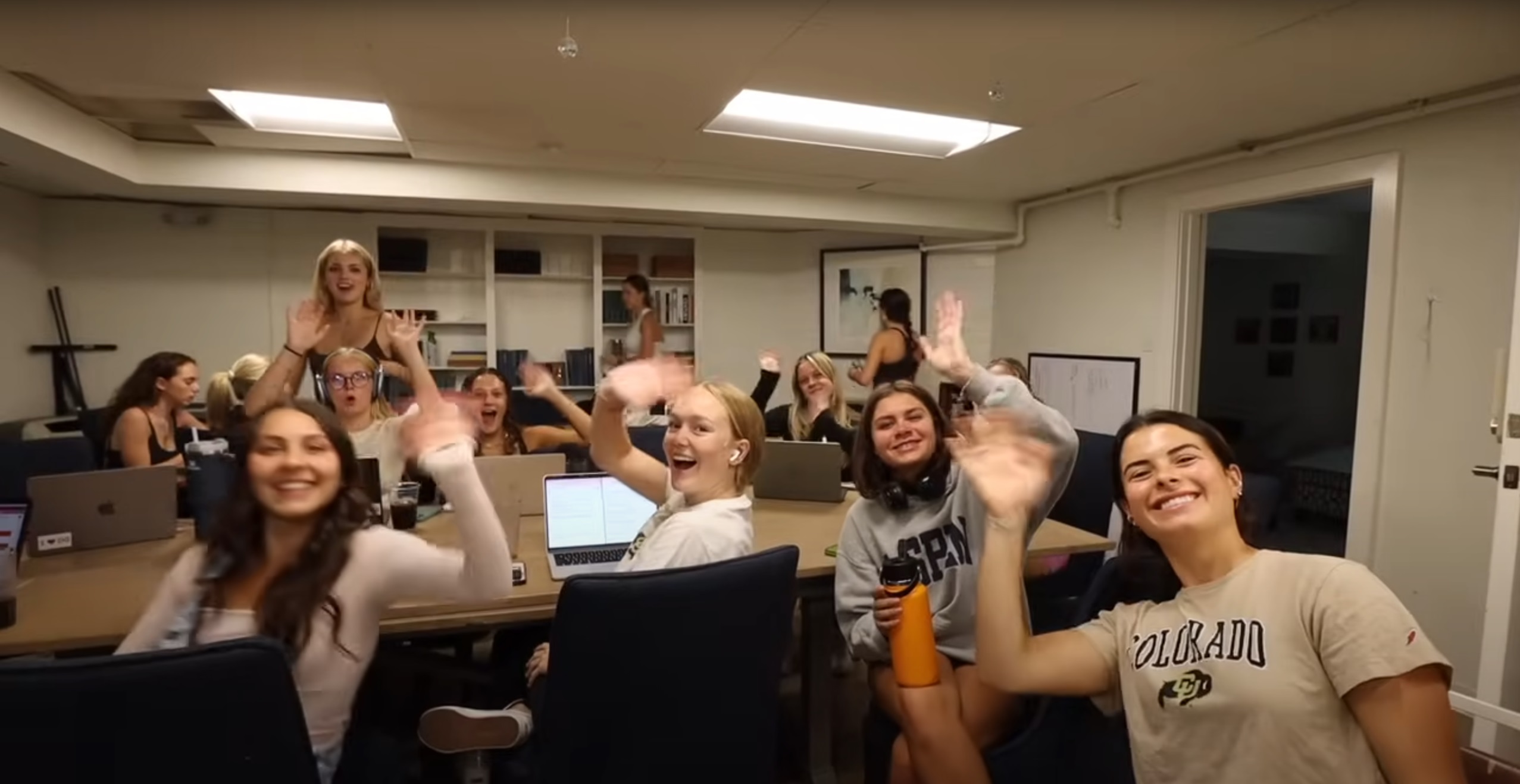Author Archives: mike@standardsmichigan.com
- Home
- Articles posted by mike@standardsmichigan.com (Page 50)

Wiener Melange
Zaha Hadid Architects | Standards Austria | International Commission on Illumination
Wiener Melange is a classic Viennese coffee specialty originating in 19th-century. The traditional standard consists of a shot of espresso or strong black coffee (often Mokka) mixed with steamed milk in equal parts, topped with a generous dollop of frothy milk foam. Unlike a cappuccino, it skips cocoa dusting and emphasizes a velvety texture.
Sugar is optional, served on the side. Frequently paired with Apfelstrudel and a glass of water.
Die Universität Wien verabschiedet sich von X/Twitter. 👋
Für Updates aus der Welt der Universität Wien folgt uns auf unseren Social Media-Channels auf Bluesky, Instagram, LinkedIn, YouTube & Co.! 🏛 👨🔬👩🔬 #univie pic.twitter.com/zSdMF8L1Wt— Universität Wien (@univienna) November 25, 2024
Working Dogs
Hey lovelies ☕🥰🍂
I hope this post finds you well & that you have a wonderful day! ❤️ pic.twitter.com/ljULxGtS70
— Jess Tungsten (@JessTungsten) November 15, 2025
Technical Barriers to Trade
We track action in international administrative procedures that affect the safety and sustainability agenda of the education facility industry. From time to time we find product purchasing contracts that contain “boilerplate” requiring conformity to applicable regulations found in the Agreement on Technical Barriers to Trade (TBT). Common examples are found in contracts for the acquisition of information technology and specialty laboratory equipment.
The World Trade Organization TBT Agreement obliges all Parties to maintain an inquiry point that is able to answer questions from interested parties and other WTO Members regarding technical regulations, standards developed by government bodies, and conformity assessment procedures, as well as provide relevant documents. The TBT Agreement also requires that WTO Members notify the WTO of proposed technical regulations and conformity assessment procedures so interested parties can become acquainted with them and have an opportunity to submit written comments.
Technical Barriers to Trade Information Management System
The inquiry point and notification authority for the United States is operated by the National Institute of Standards and Technology an agency within the U.S. Department of Commerce. We provide a link here for the convenience of faculty, specifiers and purchasing professionals.
Notify U.S. Standards Coordination Office USA WTO Enquiry Point
We include the TBT on the agenda of our Hello World! colloquium; open to everyone. See our CALENDAR for the next online meeting.
More
Wires
Ampere current flows through copper or aluminum conductor due to the movement of free electrons in response to an applied electric field of varying voltages. Each copper or aluminum contributes one free electron to the electron sea, creating a vast reservoir of mobile charge carriers. When a potential difference (voltage) is applied across the ends of the conductor, an electric field is established within the conductor. This field exerts a force on the free electrons, causing them to move in the direction of the electric field. The resulting current flow can be transformed into different forms depending on the nature of the device.
Heating: When current flows through a resistor, it encounters resistance, which causes the resistor to heat up. This is the principle behind electric heaters, toasters, and incandescent light bulbs.
Mechanical Work: Current flowing through an electric motor creates a magnetic field, which interacts with the magnetic field of the motor’s permanent magnets or electromagnets. This interaction generates a mechanical force, causing the motor to rotate. Thus, electrical energy is converted into mechanical energy; including sound.
Light: In an incandescent light bulb, a filament heats up ( a quantum phenomena) due to the current passing through it. This is an example of electrical energy being converted into light energy; including the chemical energy through light emitting diodes
Today we dwell on how conductors are specified and installed in building premise wiring systems primarily; with some attention to paths designed to carry current flowing through unwanted paths (ground faults, phase imbalance, etc). In the time we have we will review the present state of the best practice literature developed by the organizations listed below:
International Electrotechnical Commission
60304 Low voltage installations: Protection against electric shock
Institute of Electrical and Electronic Engineers
National Electrical Safety Code
Insulated Cable Engineers Association
International Association of Electrical Inspectors
National Fire Protection Association
Transcript of CMP-6 Proposals for 2026 NEC
Other organizations such as the National Electrical Manufacturers Association, ASTM International, Underwriter Laboratories, also set product and installation standards. Data center wiring; fiber-optic and low-voltage control wiring is covered in other colloquia (e.g. Infotech and Security) and coordinated with the IEEE Education & Healthcare Facilities Committee.
Use the login credentials at the upper right of our home page.
Related:
National Electrical Code: 310.15(B) Temperature Correction Factors
Neher-McGrath Calculation: Cable Calculation ampacity and Thermal Analysis
Voltage Drop Calculation Example
ETAP: Cabling Sizing – Cable Thermal Analysis
Abiit sed non oblita | Rebecca Luker
Rebecca graduated from the University of Montevallo in 1984 and enjoyed a lengthy and distinguished career as a virtuoso actress, concert soloist and recording artist.
To honor her memory following her passing in 2020 the University has named the stage of the Center for the Arts in her honor.
“All the Things You Are” 1939 | Jerome Kern
print(“American Standard”)https://t.co/b5Ggh4RKvIhttps://t.co/cRIFjNxrFL pic.twitter.com/8oVxHovFR6— Standards Michigan (@StandardsMich) December 31, 2023
NESC & NEC Cross-Code Correlation
Statement from NARUC During its Summer 2018 Committee Meetings
IEEE Education & Healthcare Facilities Committee
Draft Proposals for the 2028 National Electrical Safety Code
Representative State Level Service Quality Standards
The National Electrical Safety Code® sets the ground rules and guidelines for practical safeguarding of utility workers and the public.
Submit your changes and review proposals by 15 May 2024: https://t.co/kpf4JyhJSY pic.twitter.com/926L1g8Vxj
— IEEE Standards Association | IEEE SA (@IEEESA) April 21, 2024
PROCESS, PROCEDURES & SCHEDULE
2025-2026 NESC Revision Schedule
Mike Anthony is ID Number 469 | Proposal period closes 11:59 PM US Pacific Time | May 15
Meeting Notes in red
Loss of electric power and internet service happens more frequently and poses at least an equal — if not greater threat — to public safety. So why does neither the National Electrical Code or the National Electrical Safety Code integrate reliability into their core requirements? Reliability requirements appear in a network of related documents, either referenced, or incorporated by reference; sometimes automatically, sometimes not.
NESC Main Committee Membership: Page xii
Apart from the IEEE as the accredited standards developer, there are no “pure non-government user-interests” on this committee; although ANSI’s Essential Requirements for balance of interests provides highly nuanced interpretation. The Classifications on Page xiii represents due diligence on meeting balance of interest requirements.
In our case, we are one of many large universities that usually own district energy plants that both generate and purchase generate electric power (as sometimes provide var support to utilities when necessary; as during the August 2003 North American outage). For University of Michigan, for example, has about 20 service points at 4.8 – 120 kV. Its Central Power Plant is the largest cogeneration plant on the DTE system.
Contents: Page xxviii | PDF Page 29
Absence of internet service is at least as much a hazard, and more frequent, than downed wires. Is there a standards solution? Consideration of interoperability of internet service power supported on utility poles should track in the next revision.
No mention of any reliability related IEEE reliability standards in the present edition. Why is this?
Section 2: Definitions of Special Terms | PDF Page 46
In the 2023 Handbook, the term “reliability” shows up 34 times.
availability (from Bob Arno’s IEEE 3006-series and IEEE 493 Gold Book revision)
reliability (Bob Arno)
utility (PDF Page 57)
communication | PDF Page 47
list of terms defined in the 2023 National Electrical Code that are new and relevant to this revision: (Article 100 NEC)
Bonding jumper, system and supply
Survivability of communication network signaling
municipal broadband network, digital subscriber line, surveillance cameras
wireless communication system
010. Purpose | PDF Page 40
Looks like improvement since last edition. Suggest explicit Informational Note, as in the NEC, using “reliability” and referring to other agencies. “Abnormal events” could be tighter and refer to other standards for abnormal, steady-state events. The clarification of purpose is welcomed although a great deal remains uncovered by other best practice literature; though that can be repaired in this edition.
Legacy of shared circuit path standards. Should provisions be made for municipal surveillance, traffic and vehicle control infrastructure. What would that look like?
011. Scope | Covered PDF Page 40
3. Utility facilities and functions of utilities that either (a) generate energy by conversion from
some other form of energy such as, but not limited to, fossil fuel, chemical, electrochemical,
nuclear, solar, mechanical, wind or hydraulic or communication signals, or accept energy or
communication signals from another entity, or (b) provide that energy or communication
signals through a delivery point to another entity.
5. Utility facilities and functions on the line side of the service point supplied by underground or
overhead conductors maintained and/or installed under exclusive control of utilities located on
public or private property in accordance with legally established easements or rights-of-way,
contracts, other agreements (written or by conditions of service), or as authorized by a
regulating or controlling body.
NOTE: Agreements to locate utility facilities on property may be required where easements are either
(a) not obtainable (such as locating utility facilities on existing rights-of-way of railroads or other entities,
military bases, federal lands, Native American reservations, lands controlled by a port authority, or other
governmental agency), or (b) not necessary (such as locating facilities necessary for requested service to a
site).
012. General Rules | Covered PDF Page 42
For all particulars not specified, but within the scope of these rules, as stated in Rule 011A, design,
construction, operation, and maintenance should be done in accordance with accepted good practice
for the given local conditions known at the time by those responsible for the communication or
supply lines and equipment
General purpose clause could use some work since no definition of “accepted good practice”. Refer to IEEE bibliography.
Section 2: Definition of special terms | PDF Page 46
Recommendations elsewhere should track here.
The word “installation” appears 256 times and is generally understood in context by experts. Suggest borrow from NEC to clarify our concern for including co-linear/communication circuits.
conduit. exclusive control, lines, photovoltaic, NEC interactive. qualified
Section 3: Reference
NFPA 70®, National Electrical Code® (NEC®). [Rules 011B4 NOTE, 099C NOTE 1, and 127
IEEE Std 4™-1995, IEEE Standard Techniques for High-Voltage Testing. [Table 410-2 and Table 410-3]
IEEE Std 516™-2009, IEEE Guide for Maintenance Methods on Energized Power-Lines. [Rules 441A4
NOTE 2, 446B1, and 446D3 NOTE, and Table 441-5, Footnote 4]
IEEE Std 1427™-2006, IEEE Guide for Recommended Electrical Clearances and Insulation Levels in
Air-Insulated Electrical Power Substations. [Rule 124A1 NOTE, Table 124-1, 176 NOTE, and 177 NOTE]
IEEE Std 1584™-2002, IEEE Guide for Performing Arc Flash Hazard Calculations. [Table 410-1,
Footnotes 1, 3, 6, and 14]
IEEE Std C62.82.1™-2010, IEEE Standard for Insulation Coordination—Definitions, Principles, and Rules.
[Table 124-1 Footnote 5]
Add references to Gold Book, 1386, etc. IEC since multinationals conform.
Safety Rules for the Installation and Maintenance of Overhead Electric Supply and Communication Line | PDF Page 111
Has anyone confirmed that these tables match NEC Table 495.24 lately? If it helps: there were no meaningful changes in the 2023 NEC in Article 495, the high voltage article
Section 11. Protective arrangements in electric supply stations | PDF Page 77
A safety sign shall be displayed on or beside the door or gate at each entrance. For fenced or
walled electric supply stations without roofs, a safety sign shall be displayed on each exterior
side of the fenced or wall enclosure. Where the station is entirely enclosed by walls and roof, a
safety sign is required only at ground level entrances. Where entrance is gained through
sequential doors, the safety sign should be located at the inner door position. (A clarification but no change. See Standards Michigan 2017 proposals)
Recommend that all oil-filled cans be removed and services upgraded through energy regulations with new kVA ratings
Section 12: Installation and maintenance of equipment
093. Grounding conductor and means of connection
Fences
The grounding conductor for fences required to be effectively grounded by other parts of this
Code shall meet the requirements of Rule 093C5 or shall be steel wire not smaller than Stl WG
No. 5.
D. Guarding and protection | PDF Page 67
124. Guarding live parts| PDF Page 85
Propose roofs required for exterior installations
Part 2. Safety Rules for the Installation and Maintenance of Overhead Electric Supply and Communication Line | Page 72
Section 22. Relations between various classes of lines and equipment | Page 80
222. Joint use of structures | Page 82
Where the practice of joint use is mutually agreed upon by the affected utilities, facilities shall be subject to the appropriate grade of construction specified in Section 24. Joint use of structures should be
considered for circuits along highways, roads, streets, and alleys. The choice between joint use of structures and separate lines shall be determined through cooperative consideration with other joint
users of all the factors involved, including the character of circuits, worker safety, the total number and weight of conductors, tree conditions, number and location of branches and service drops, structure
conflicts, availability of right-of-way, etc.
Reliability considerations for sustaining internet service when power supply is absent.
Par2 Section 20 Safety Rules for the Installation and Maintenance of Overhead Electric Supply and Communication Line | PDF Page 111
Has anyone confirmed that these tables match NEC Table 495.24 lately?
Part 3. Safety Rules for the Installation and Maintenance of Underground Electric Supply and Communication Lines | Page 220
Renewable energy for internet access
311. Installation and maintenance
A. Persons responsible for underground facilities shall be able to indicate the location of their facilities.
B. Reasonable advance notice should be given to owners or operators of other proximate facilities that
may be adversely affected by new construction or changes in existing facilities.
C. For emergency installations, supply and communication cables may be laid directly on grade if the
cables do not unreasonably obstruct pedestrian or vehicular traffic and either:
1. The cables are covered, enclosed, or otherwise protected, or
2. The locations of the cables are conspicuous.
Supply cables operating above 600 V shall meet either Rule 230C or 350B.
NOTE: See Rules 014B2 and 230A2d.
Part 4. Work Rules for the Operation of Electric Supply and Communications Lines and Equipment | PDF Page 289
When and why was the term “Work” added to the title of this section?
Core text for the definition of wireless communication system reliability
Appendix E Bibliography| PDF Page 355
Index | PDF Page 398
The word “reliability” appears only three times. Should it track in the NESC or should it track in individual state requirements. So neither the NEC nor the NESC couples closely with power and communication reliability; despite the enormity and speed of research.
Podcast Production
The term “podcast” is a combination of “iPod,” Apple’s portable media player, and “broadcast.” It originated in the early 2000s when individuals began creating audio content specifically designed for download and playback on portable media players, including the iPod. Over time, the concept has evolved, and podcasts are now a popular and diverse form of digital media covering a wide range of topics, including news, education, entertainment, and more. The key feature of a podcast is its on-demand nature, allowing listeners to access content at their convenience.
Branch and Feeder Circuit Design
FREE ACCESS 2026 National Electrical Code
Branch circuits relevant to modular classroom buildings are primarily addressed in Article 120: Branch Circuits (formerly Article 210 in previous editions). This article covers requirements for branch-circuit sizing, overcurrent protection, outlets, and general installation rules for circuits up to 1000 volts AC or 1500 volts DC. Key sections include:120.19: Conductor sizing and derating.
120.20: Overcurrent protection.
120.21: Receptacle outlets and tamper-resistant requirements.
120.23: Specific rules for appliances and fixed equipment.
For outside branch circuits, see Article 267: Outside Branch Circuits and Feeders over 1000 Volts AC or 1500 Volts DC, Nominal (if applicable to higher voltages).Feeder Circuit RulesFeeder circuits are primarily addressed in Article 121: Feeders (formerly Article 215 in previous editions). This article details feeder conductor sizing, grounding, and disconnecting means for circuits supplying branch circuits or sub-feeders up to 1000 volts AC or 1500 volts DC.Key sections include:121.2: Minimum rating and sizing.
121.3: Overcurrent protection.
121.4: Feeders as branch circuits (when applicable).
Outside feeders are covered in Article 267: Outside Branch Circuits and Feeders over 1000 Volts AC or 1500 Volts DC, Nominal (for higher voltages) or cross-referenced in Article 267 for general outside installations.
For modular school buildings detached from the main building with pre-installed single or three phase wiring systems, designers must choose between a separate service drop from a merchant utility or tapping into an existing source from the nearby school building.
Modular classroom buildings, often prefabricated and portable, require special attention in electrical power design to ensure safety, compliance, and functionality. The 2026 National Electrical Code (NEC) emphasizes proper sizing of branch circuits (Article 120) and feeders (Article 121) based on load calculations (Article 122), accounting for lighting, HVAC, and technology demands. Designers must consider temporary or relocatable installations, ensuring grounding and bonding comply with Article 250 for safety. Flexible wiring methods, like cord-and-plug connections, may be needed for portability, per Article 400. Modular units often face environmental challenges, requiring weather-resistant materials and equipment (Article 110). Surge protection (Article 285) is critical to safeguard sensitive classroom electronics. Accessibility for maintenance and inspections, per Article 110.26, is vital due to compact designs. Finally, compliance with local codes and coordination with utility connections ensure reliable power delivery for educational environments.
We have tried for several cycles to change the “Type of Occupancy” listing in NEC Table 220.12 to reflect more granular definition for School/university and Sports arena lighting load calculations. We will have another chance in the 2026 NEC. [Public input is due September 10th]
Public Input Closing Date: September 7, 2023
4 February 2021
Let’s start marking up the 2023 National Electrical Code, shall we? We will collaborate with IEEE Standards Coordinating Committee 18 — the committee that follows NFPA electrical safety consensus products and coordinates the response of IEEE electrical power professionals.
A good place to start is with the transcripts of the 2020 revision — AVAILABLE HERE for free. We look for proposals that failed for one reason or another; holding fast to our hunch that changes to the ampere load requirements that appear in the prescriptive statements to designers and inspectors of Chapter 2 could changed. The 2020 transcripts of Code-Making Panel 4 are linked below:
Code‐Making Panel 2 Public Input Report (991 Pages)
Code-Making Panel 2 Public Comment Report (402 Pages)
We have been trying for several NEC revision cycles to change the “Type of Occupancy” tabulations of Table 220.12 to reflect more granular definition in the Volt/Ampere requirement of 33 VA/m2 (3 VA/ft2) for School/university and Sports arena. Some of the problem in Table 220.12 regarding electrical loads in education facilities lies in its foundation built upon the International Building Code; the remainder of the problem lies with the education facility industry itself; described in detail in our ABOUT.
The good news is that the NFPA Fire Protection Research Foundation (FPRF) recognizes the problem and is acting on it; described in previous posts and in its project portfolio. Keep in mind that Standards Michigan, the original voice of the user-interest for education facility industry in the global standards system, has to compete with other, competitor stakeholders who make their market in this and in other consensus products accredited by the American National Standards Institute.
Public input for the 2023 National Electrical Code is due September 10th. We will collaborate with the FPRF and the IEEE Education & Healthcare Facilities Committee, and others, to get informed public input to Code-Making Panel 2 and the NEC Technical Correlating Committee. See our CALENDAR for our next Electrical & Telecommunication teleconference, open to everyone.
Issue: [19-201]
Category: Electrical
Colleagues: Mike Anthony, Scott Gibb, Jim Harvey, Kane Howard, Paul Kempf, Philip Ling, Jose Meijer
LEARN MORE:
IEEE Industrial Applications Society: The safety and economic benefit of reduced power design densities permitted in the 2014 National Electrical Code (Anthony, Ling, Meijer)
New update alert! The 2022 update to the Trademark Assignment Dataset is now available online. Find 1.29 million trademark assignments, involving 2.28 million unique trademark properties issued by the USPTO between March 1952 and January 2023: https://t.co/njrDAbSpwB pic.twitter.com/GkAXrHoQ9T
— USPTO (@uspto) July 13, 2023
Standards Michigan Group, LLC
2723 South State Street | Suite 150
Ann Arbor, MI 48104 USA
888-746-3670




























